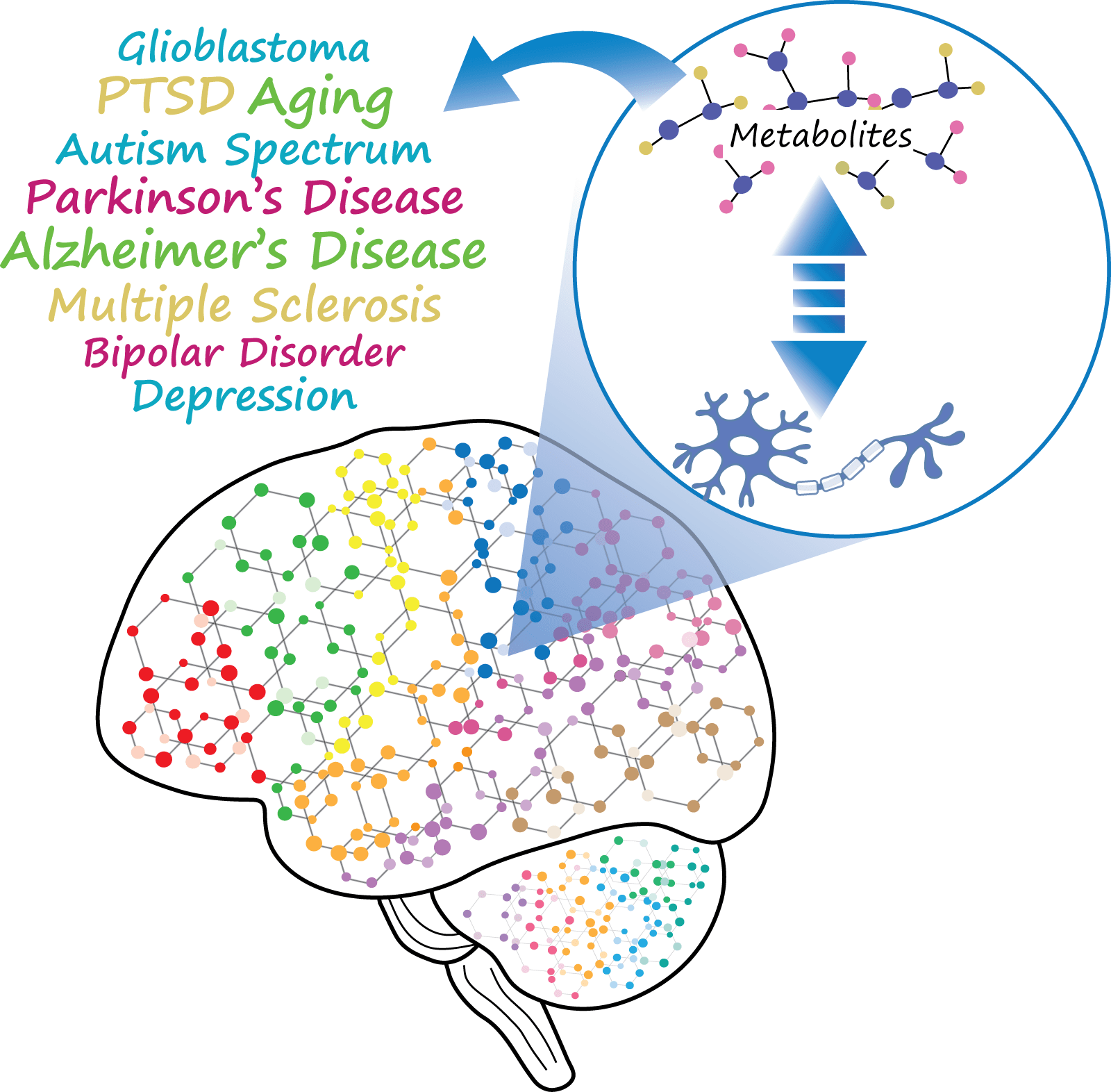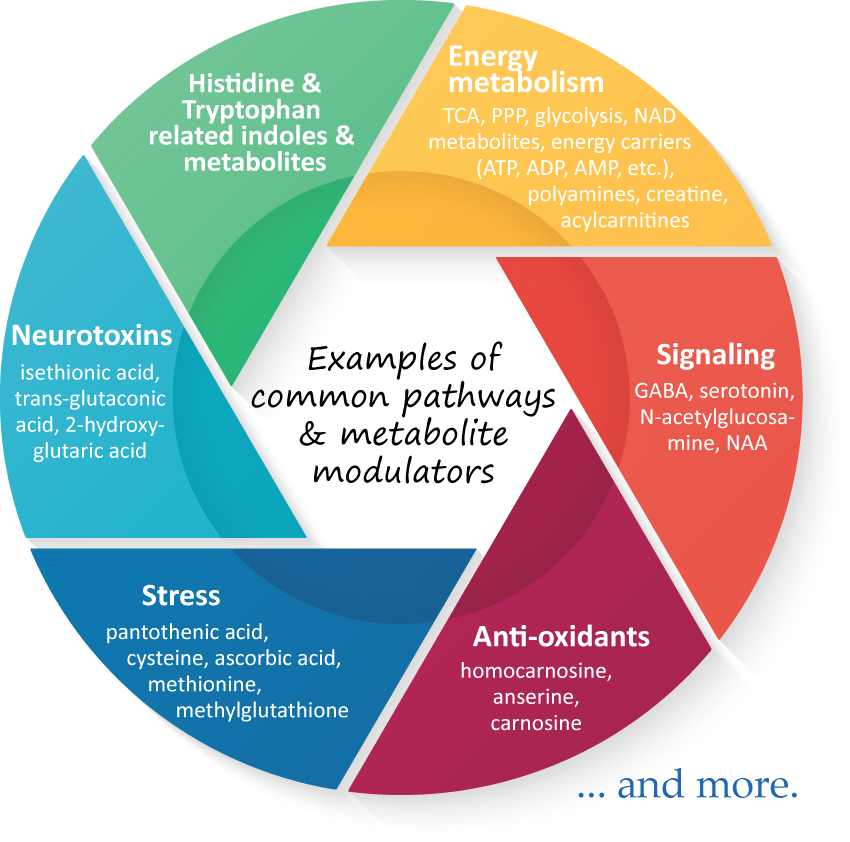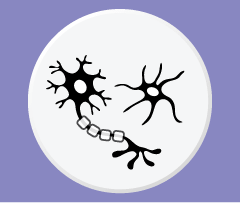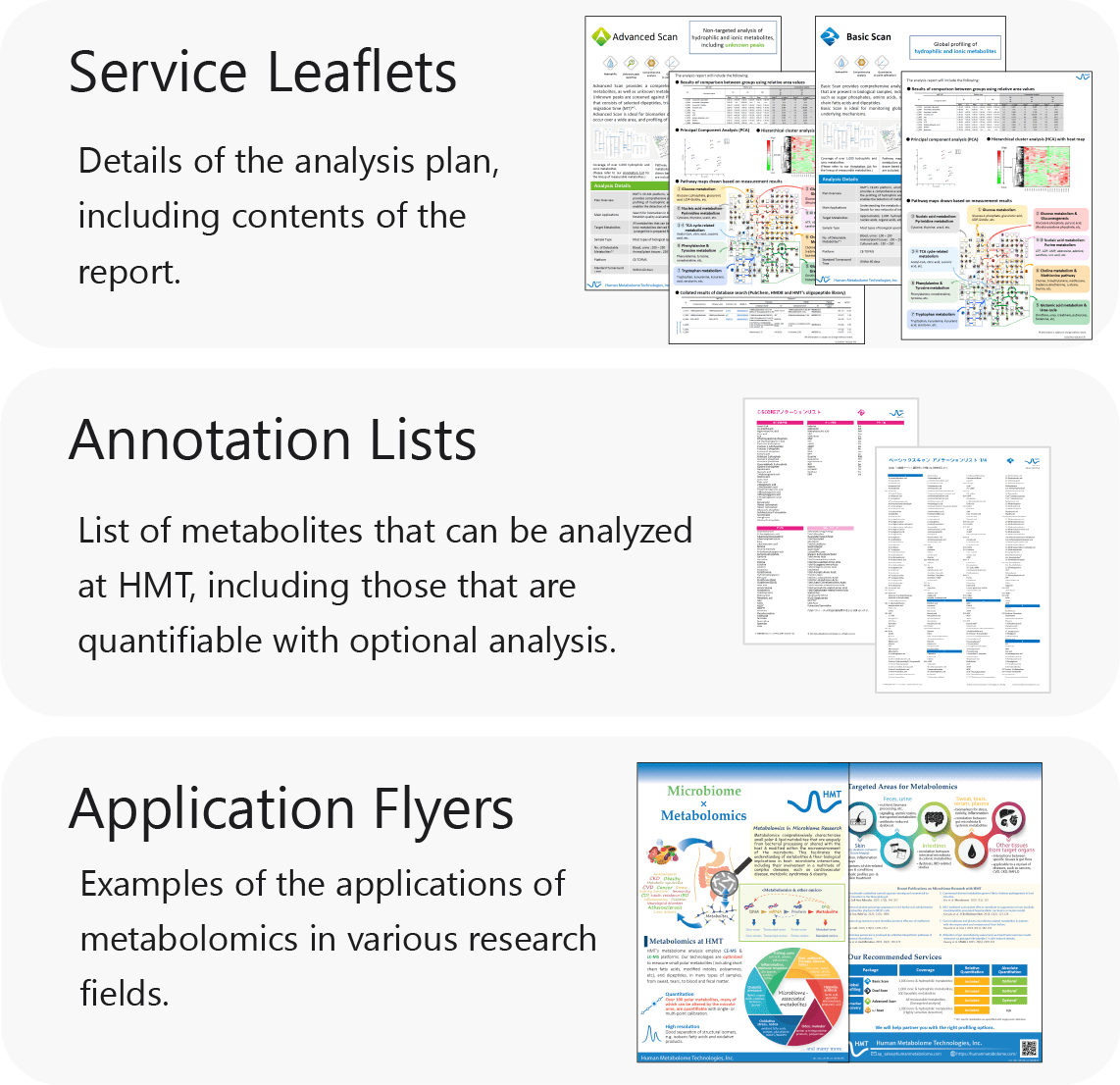Metabolomics comprehensively characterizes small polar and lipid metabolites, yielding a snapshot of physiological processes that vary according to the pathological state of the cell, tissue, organ, or organism. Therefore, the use of metabolomics can help to reveal specific metabolic changes, for example, alterations in the central carbon metabolism and signal transmissions, in the brain and in biofluids such as CSF and plasma. This will provide more insights on the pathogenesis of neurodegenerative (multiple sclerosis, Alzheimer’s and Parkinson’s diseases, etc.) and neuro-psychiatric diseases (schizophrenia, bipolar disorder, depression, etc.), thus uncovering potential diagnostics and biomarkers, both prior to onset and during disease progression.

Metabolomics brings us closer to the phenotype of an individual, providing a direct readout of metabolic changes that occur in the brain and biofluids.






